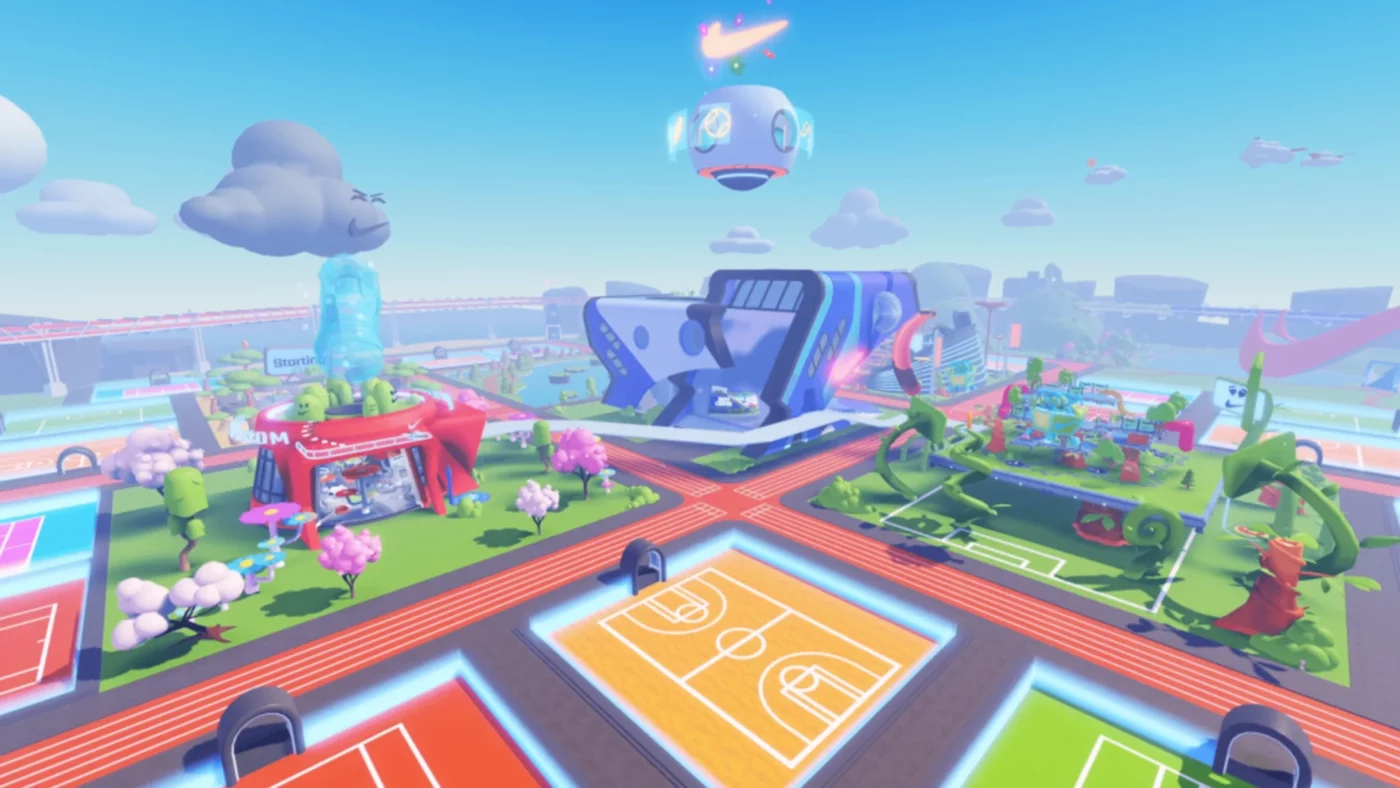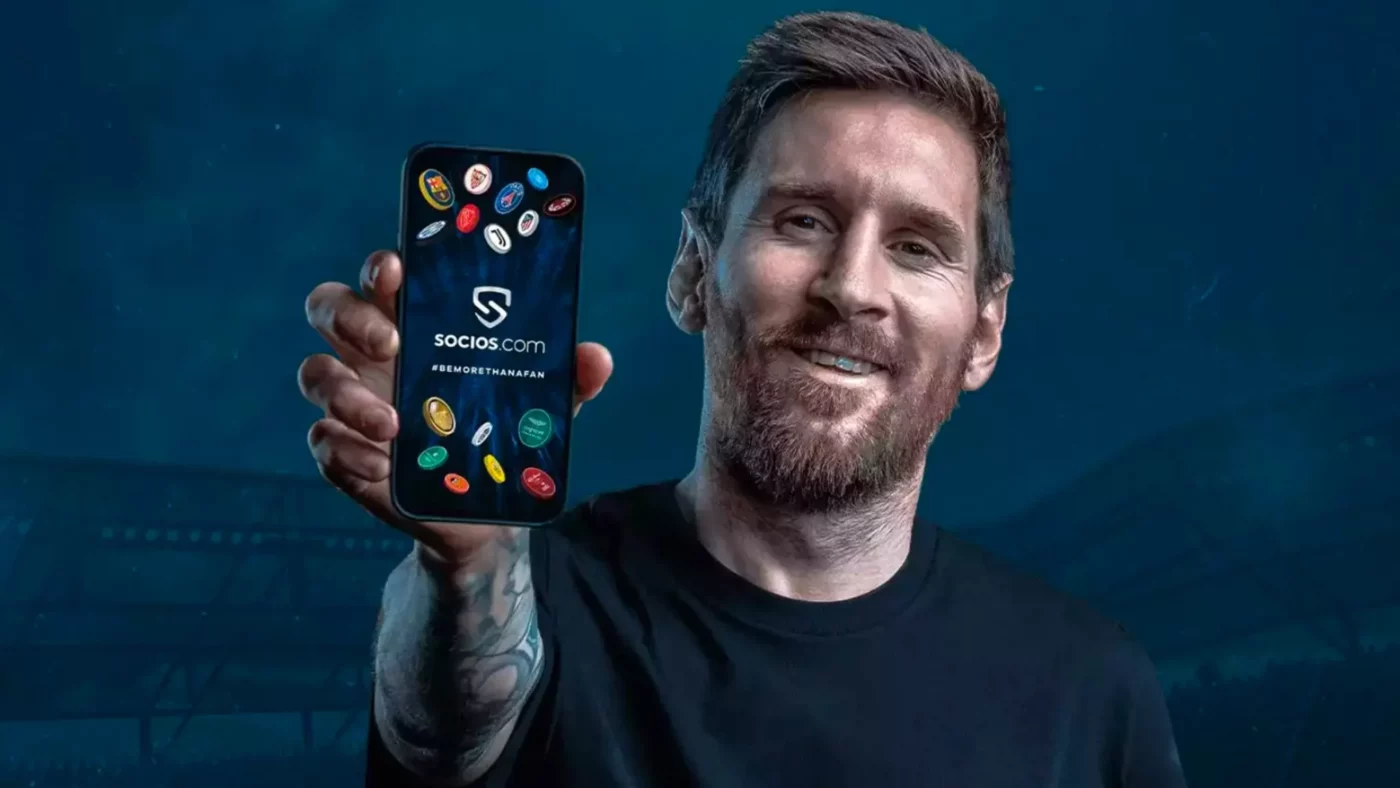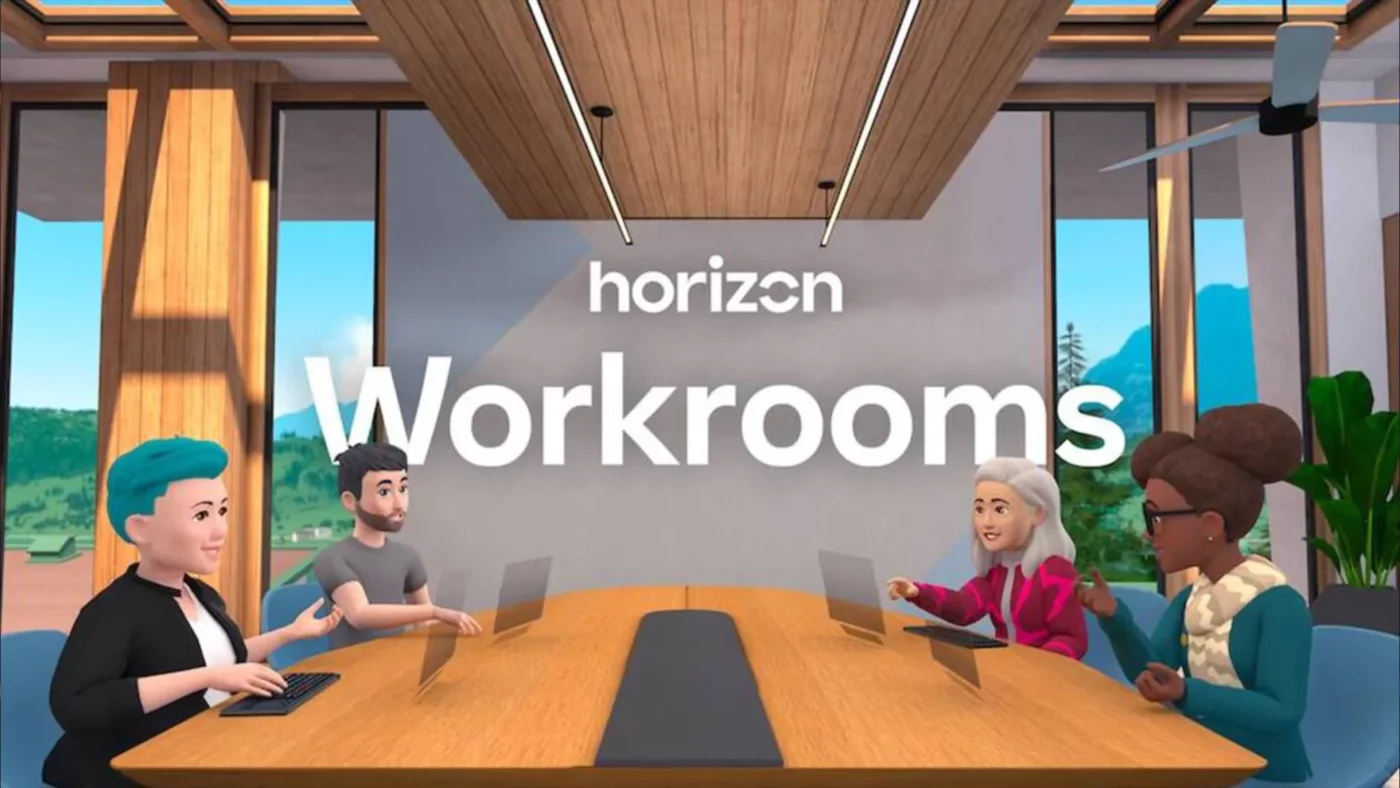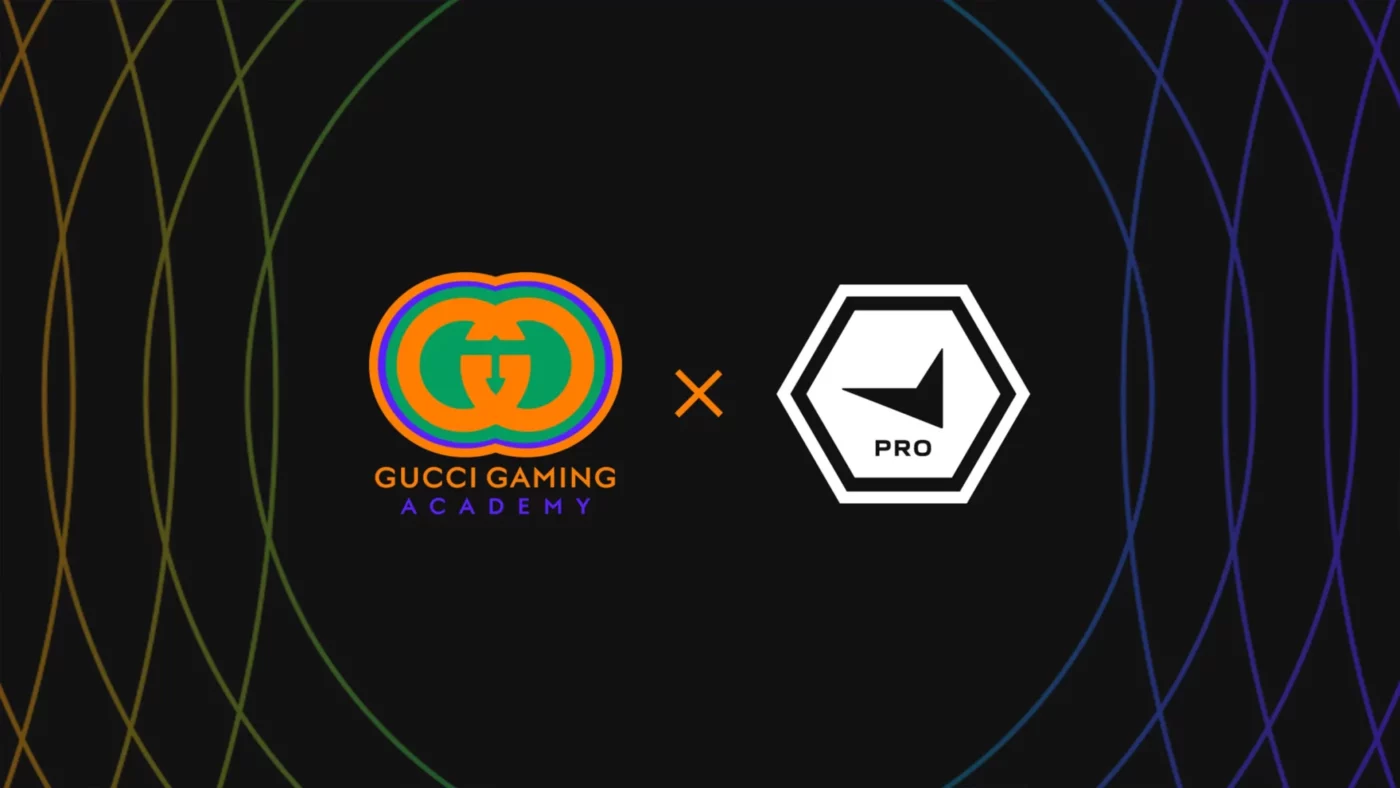The metaverse is undoubtedly one of the hot topics of the moment, especially for the marketing and communication sectors. More and more businesses, especially the big ones, are investing time, money and energy in building their metaverse presence. Every company wants to establish itself in this new digital world – from tech to fashion, from food to mobility, no matter the field. In their eyes, the metaverse is either the internet’s future or a dreamy alternative to reality (or both).
WHAT is metaverse?
Our first step was to look into what, in essence, the metaverse is. The first important information we gathered is that currently, there is no single metaverse but several, each with its characteristics. Decentraland, for example, is a space mainly geared towards entertainment; Bloktopia, self-defined as the “home of crypto”, features informative and educational materials on cryptocurrencies. The Sandbox is the home of the most exclusive events in the metaverse, while Horizon Worlds – developed by Meta, the celebrated evolution of Facebook – provides experiences and services for businesses. Finally, Roblox is the explosive new gaming frontier, where the new generations can gather to create new video games.
After taking a deep dive into the main metaverses and their various definitions, we have found our own semantic and functional description for it:
The metaverse is an undefined, independent and interactive virtual space.
It is undefined in that the users alone define it; their only limit is their own creativity. It is independent because it would continue to exist persistently and decentralised, even without any active users. Lastly, it is interactive because of its substantial social component: user interaction goes beyond replicating everyday life, even evolving it.
INSIGHT n.1:
WHY was it created?
Now we know what the metaverse is and what its principal incarnations are. But one thing remains unclear: why was it created? Why is the metaverse growing, commanding so much interest and attracting crowds of people?
The answer, as suggested earlier, lies in people’s needs. This new digital universe is developing in response to specific drivers and necessities that have recently become most prominent.
First is the issue of accessibility; the metaverse is a universe without walls and barriers, allowing everyone to express themselves freely. People – especially Gen Z – increasingly stress the importance of this aspect, which is of great value to them.
This instance is in line with their desire for active participation in the life of brands: today, we are moving beyond the traditional concept of branding, creating communities, and users want to belong.
This feeling of belonging to a community introduces a further need: aggregation. Thanks partly to new technologies, human connections have become increasingly important in a world disrupted by a pandemic and social distancing. New technologies, in particular, have evolved to respond to an ever-increasing need for collaboration due to social distancing. Digital socialisation and technology-enabled peer-to-peer support are helping Gen Z meet their desires. They want to feel empowered in enhancing and building their education and careers, bypassing conventional processes typical of the labour market.This generation also seeks a higher level of interaction with their reference brands, which they view as a beacon in their daily lives online and offline. And it is precisely for this reason that the standards of the buying experience are changing and evolving, becoming increasingly decisive for brands’ success.
What drives purchases in this new context? Uniqueness. With the advent and widespread adoption of NFT and blockchain, people increasingly value uniqueness in objects they own, whether physical or digital.
…
INSIGHT n.2:
How is the metaverse responding to people’s needs?
Once we have defined the metaverse and the reasons for its growth, we need to understand how the brands already present within are trying to respond to people’s needs. Noticing a correlation between needing and acting, we will here examine significant case studies of brands already working within this process:
Accessibility: Nike has recreated its HQs within Roblox’s 3D immersive space, enhancing the brand’s mission to turn sport and play into a lifestyle. Inside Nikeland, you can play different sports, create personal challenges, and dress your avatar with dedicated Nike products.

Participation: Socios.com is a fan tokens platform that cooperates with leading European football clubs. By purchasing tokens, users can directly influence team decisions and win and participate in exclusive experiences, all through the app, feeling even more part of their club.

Aggregation: In partnership with Coca-Cola, Rock In Rio invaded the Metaverse with RockinVerse. Fans were able to watch streamer Casimiro reacting on his Twitch channel to the 12 spaces created by Rock in Rio inside an island in Fortnite, and also engage in various challenges that the attractions present.

Collaboration: Meta’s Horizon Workrooms is a collaborative tool for people to come together and work in the same virtual room, regardless of physical distance. It works in virtual reality and on the web, enhancing a team’s ability to collaborate, communicate and connect remotely through the power of Virtual Reality.

Empowerment: GucciXFACEIT Last year, Gucci announced its collaboration with FACEIT, an E-Sports tournaments organiser. Together they aim to create a gaming academy, providing players with all the tools they need to become professional gamers and develop their skills.

Interaction: The Brazilian Football Confederation (CBF) debuted in Garena’s Blockman Go Metaverse. The organization launched the Arena Seleção, a space that brings together interactive activities, museum, area for photos and games for users. The goal is to get closer to young fans of the Brazilian national soccer team through the digital world and games, a market that CBF aims to invest more in.

Shopping experience: Satiko, virtual influencer of Sabrina Sato, opened an activation space in Metaverse: Peixe ao Cubo, a restaurant of which she is a partner in the real world, enters the virtual reality of Cidade Alta, in GTA. The space, in addition to serving virtual meals, is a place where brands can run activations and interact with regulars.

Uniqueness:Italia Regina launched its Eatable Tokens on OpenSea. These thematic NFTs focus on the most iconic Italian food products: tokens translate to unique vouchers of an equal amount to spend on “www.italiaregina.it”, uniting tasty food and the digital world.

If you are wondering how your brand could position itself within the metaverse and how to create a closer relationship with its users, email us.

